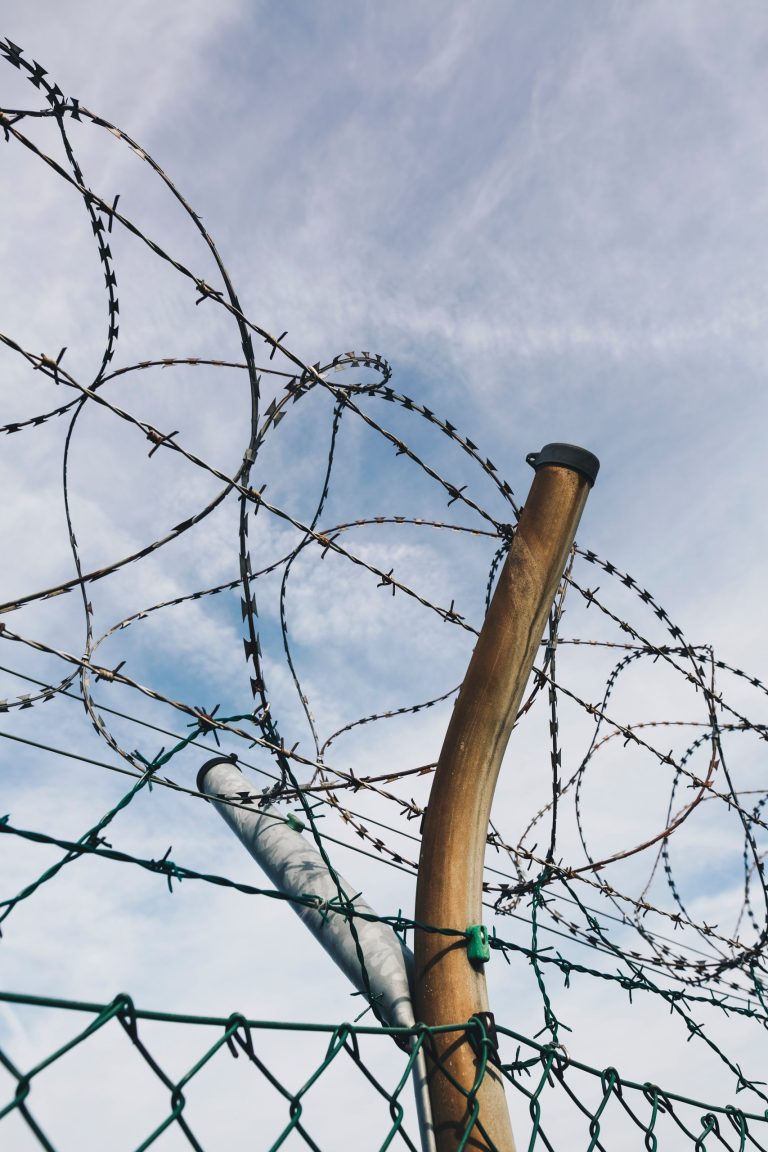Inner Conflict: The Driving Force behind Character Development
Do you struggle with crafting realistic, complex characters? Have others told you that your characters are flat, stereotypic, or lacking uniqueness?
It may be that you haven’t thought through your characters’ inner conflict or developed enough hurt or even trauma in their past to cause them to realistically struggle with decisions and feelings about themselves or others in their lives.
In our fictional stories, where emotions, ambitions, and fears collide, inner conflict takes center stage as one of the most important elements to inspire empathy for our characters. Characters who grapple with their own internal demons resonate deeply with readers, making conflict an indispensable element of storytelling.
We often send our characters on epic quests and high-octane adventures, exposing them to external challenges and adversities. However, it’s the internal battles that truly illuminate the depth and complexity of a character’s personality.
Inner conflict is the driving force behind character development, transforming them from mere words on a page into three-dimensional, relatable personas. Think about what you struggle with in your head. Where are the areas in your life in which you have to lecture yourself to let go of certain thoughts? Stop yourself from blurting something out to a friend or family member? Second-guess a choice you’ve made that you knew was the right one?
We deal with inner conflict all the time. Often, it’s our conscious reminding us of a better way to behave. Sometimes it’s fear—we worry about the consequences if we speak out or take action.
While external conflicts provide a thrilling backdrop for a story, your character’s inner demons often serve as the ultimate antagonist. This form of conflict, where the character becomes their own worst enemy, creates a powerful dynamic. It’s a battle waged within the character’s psyche, where their desires, fears, and beliefs collide, pushing them to make choices that have huge impacting consequences.
Inner conflict is not mere confusion; it’s a conscious, deliberately planned war within the character’s mind and heart. It challenges their core beliefs, forcing them to make choices that carry weighty consequences.
When skillfully interwoven with external conflicts, inner turmoil enriches the character’s arc and adds depth to the overall narrative.
Ask Questions to Develop Inner Conflict
It’s a great idea to grill your character and get her to open up and face those inner struggles. You may be amazed at the things your characters tell you when you drill down into their motivation. Here are some perfect questions to ask your character to see where the inner conflict leads you.
- What will she do if her core need isn’t met?
Begin by identifying the character’s central motivation. What is the catalyst for her inner conflict? Is it a desire, a past trauma, a fear, or a deeply rooted belief? Elaborate on the character’s core need and the consequences of it going unfulfilled.
- How far can you muddle, push, and exacerbate the situation to raise the personal and public stakes?
Explore the boundaries of conflict within your story. Push the character to her limits, both internally and externally. Elaborate on how intensifying the stakes heightens the character’s inner turmoil.
- How many (more) people can you involve and affect by her choices?
Consider the ripple effect of the character’s decisions. How do their choices impact the lives of others? Elaborate on the relationships and dynamics affected by the character’s inner conflict.
- How many lives can you ruin (this is where you can come up with great subplots for your secondary characters)?
Dive into the subplots and secondary characters affected by the character’s actions. How do their lives unravel due to the character’s inner conflict? Try to think of one particular character that can be hurt by the actions of your protagonist.
- What allies can turn into foes by her choices and actions?
Consider the transformation of allies into adversaries as a result of the character’s decisions. How do these shifts in allegiance amplify the character’s inner conflict? This will allow you to elaborate on the dynamics of trust and betrayal.
- How can you complicate things so that it seemingly becomes impossible for her to reach her goal? What will she do now that will make things even worse for herself and others?
Delve into the complexity of the character’s journey. Create situations where reaching her goal appears nearly impossible. Come up with various ways the character’s choices can exacerbate her predicament. Pay attention to these rising stakes as you near the climax of your story.
- What core beliefs of hers can be challenged?
Identify the character’s deeply held beliefs and values. How can you challenge and reshape these beliefs throughout the narrative? Elaborate on the evolution of the character’s core convictions.
- What two options can you set before your character, forcing her to choose, both unthinkable (think Sophie’s Choice)?
Giving your character a horrific moral dilemma forces her into unthinkable actions. The psychological and emotional impact of such choices can make or break the character’s spirit (especially during the “dark night of the soul” moment before the climax).
Characters grappling with their inner conflict invite readers on a profound journey of self-discovery, empathy, and satisfying resolution as the characters push through to their goal.
By navigating the intricacies of inner conflict using these probing questions, you can breathe life into their characters, making them relatable, dynamic, and unforgettable. Your characters will not end up flat and stereotypic. Ultimately, it is within these internal battles that characters find their true essence, which is what gives stories the power to touch the hearts of readers.
Featured Photo by Uday Mittal on Unsplash










